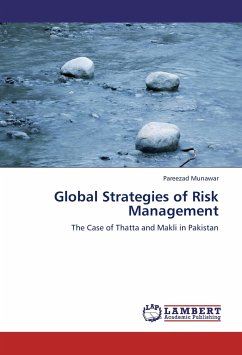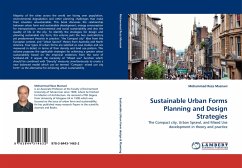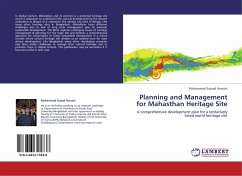In July 2010, 20.36 million people were left homeless and abandoned in the nation of Pakistan. The historic city of Thatta in the Sindh province of Pakistan saw catastrophic destruction of homes and villages. The population of Thatta took shelter by escaping to Makli Hill, a necropolis with mausoleums dating as far back as 1352 A.D. This book aims to discuss a theoretical early recovery framework that can be used as a guideline to prevent future natural disasters, such as flooding in this case. It will take into account the main impact of flooding on housing and agricultural crops with statistics showing that 34% of affected families having lost their homes, and 33% of houses partially damaged. The assessment revealed almost 797, 000 houses had been damaged, 328, 555 of which have been destroyed. Additionally, this book provides a proposal to implement a shelter program for the flood victims of Thatta district. This will aid in the reduction of risk and vulnerability of the floodprone areas that surround Thatta and Indus River Delta.
Bitte wählen Sie Ihr Anliegen aus.
Rechnungen
Retourenschein anfordern
Bestellstatus
Storno








